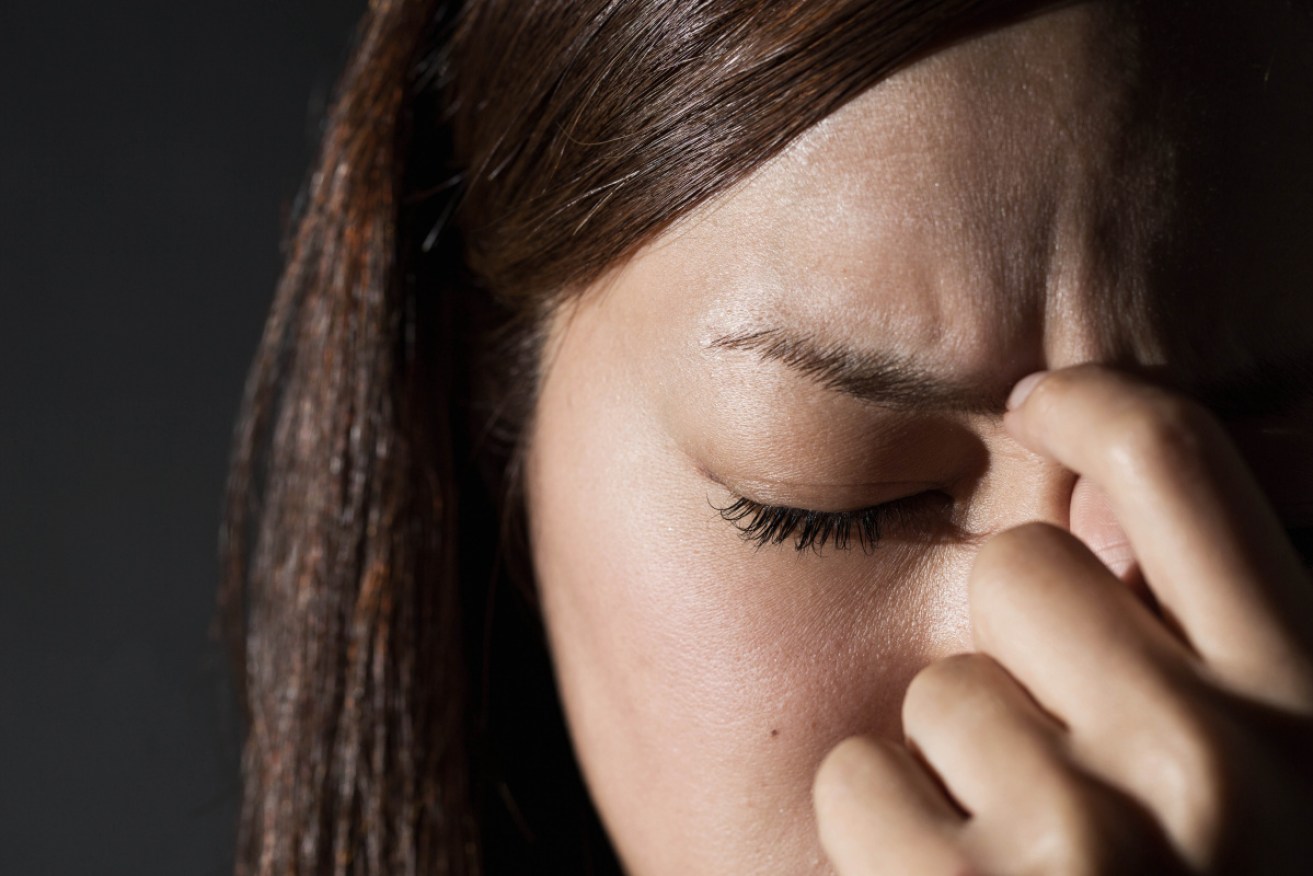Why women get more migraines than men and what science is doing to change that


The Melbourne researchers' breakthrough might finally lead to a cure for debilitating migraines. Photo: Getty
There are two things people with migraines want to know: when will it stop? And why in mercy’s name is this happening to me?
It’s a bigger issue than you might think. As researchers from the University of Texas observed, when publishing a new study this week: migraines are “the second leading cause for disability worldwide and the most common neurological disorder”.
Another big question – and research is throwing up new ones all the time – is why are migraines three times more common in women than men?
Long-time suspect
A small protein might be to blame, according to the Texan researchers – who injected the protein between the skulls and brains mice, and found this only produced headache symptoms in the female mice.
Headaches also resulted when the protein was injected into the paws of the female mice – but not the males.
The protein – calcitonin gene-related peptide (CGRP) – has long been suspected to play a part in migraines. How exactly remains to be explained.
But over the past 15 years, it was found drugs that act as blockers of the protein have had some success in treating migraines, which are treatment resistant in some strains.
All of this suggests there is no one single cause of these sensory-altering nausea bombs that turn sufferers into a bed-ridden blithering mess.
So many headaches, even more studies
And while the Texan researchers hope their study might be a step toward better understanding and treatment of migraines in the future … we might say, welcome to the club.
In January, French researchers published a meta-analysis of pooled clinical trial data that suggests botulinum toxin (netter known as botox) is effective in reducing the frequency of chronic migraines.
The US Federal Drug Administration approved Botox as a migraine treatment in 2010, but there was conflicting data about its efficacy.
Professor Benoit Chaput, of University Hospital Rangueil in Toulouse, analysed data from 17 previous randomised trials comparing Botox with placebo for preventive treatment of migraines.
According to a prepared statement, the 17 studies included nearly 3650 patients, about 1550 of whom had chronic migraines: defined as at least 15 headache attacks per month for more than three months, with migraine symptoms on at least eight days per month.
Botox may be a roadblock to pain
The remaining patients had less-frequent episodic migraine headaches. Dr Chaput and colleagues found that three months after being injected with botox, patients had an average of 1.6 fewer migraine attacks per month, compared to those treated with inactive placebo.
Dr Chaput said the treatment delivered “a significant improvement in patients’ quality of life”, which could be explained “by the reduced impact of headaches and migraine-related disability, thus reducing symptoms of depression and anxiety”.
How does it work? Doctors think that Botox acts as a roadblock for pain signals – but they don’t know for sure.
Also in January: surgeons from the Massachusetts General Hospital published a study that found surgery reduced headache frequency and severity, and led to significant improvements in everyday functioning and coping ability – “even in patients who are very disabled before surgery.”
Is booze a trigger?
In December, Dutch researchers published a study that found more than a third of migraine sufferers believe alcohol, especially red wine, is a trigger for an attack.
The researchers said could be debated “if alcohol is a factual or a presumed trigger. Additional studies are needed to unravel this relationship”.
Even so, senior author Dr Gisela Terwindt, of the Leiden University Medical Center, in the Netherlands, concluded: “Alcohol-triggered migraine occurs rapidly after intake of alcoholic beverages, suggesting a different mechanism than a normal hangover.”
In October, Danish researchers published a pilot study that suggests some migraine patients (those who experience what’s called an aura) can be treated without medicine – by adopting instead a newly developed inhaler that expands the blood vessels that supply the brain with oxygen by up to 70 per cent.
But wait, there’s more. So much more it’s enough to give you a headache.








